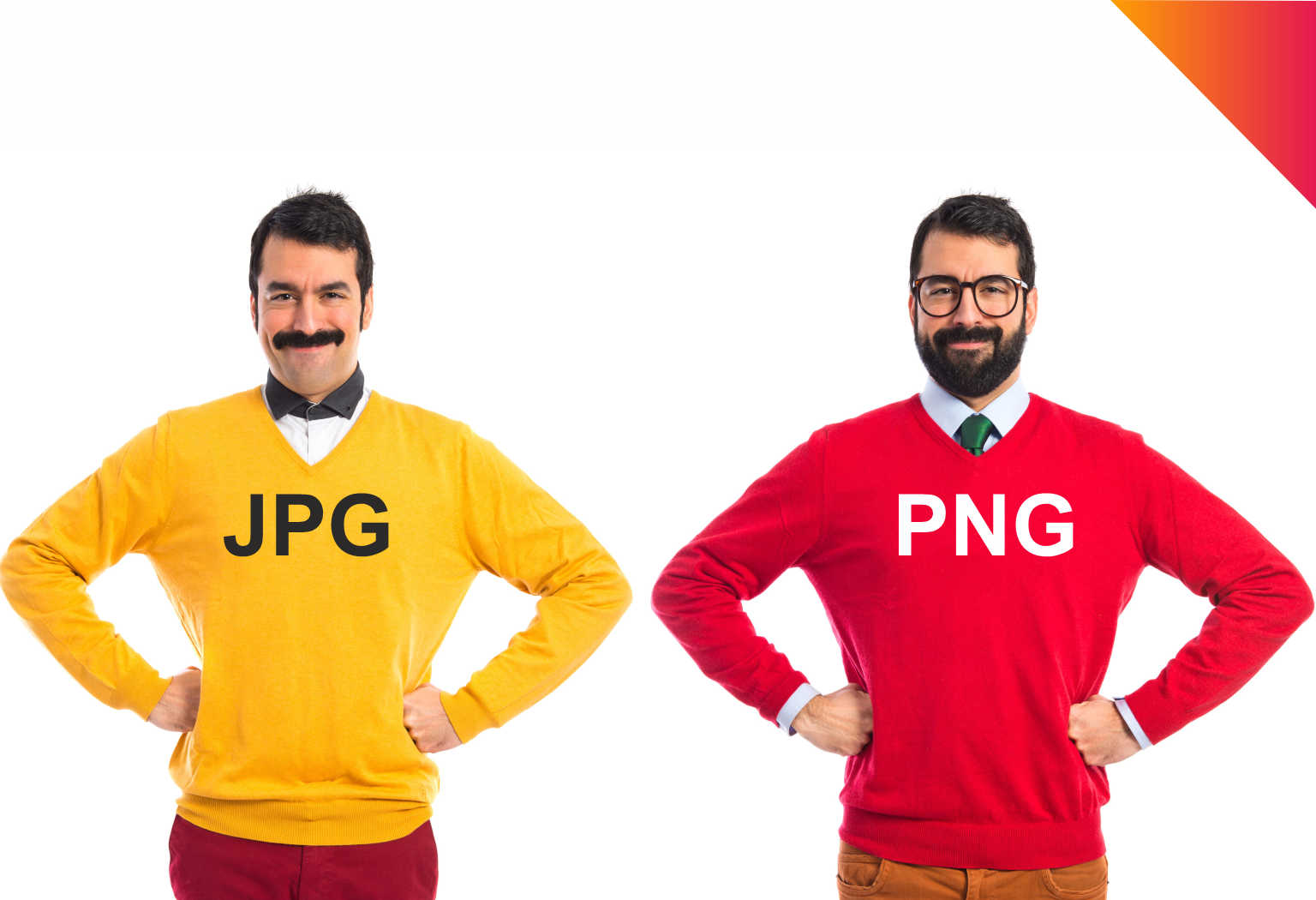
25 Feb PNG vs JPG: which format is better for your website?
When it comes to digital images, there are two file formats that are commonly used: JPEG (or JPG) and PNG. Both formats have their advantages and disadvantages, and understanding these can help you make the right choice when it comes to using them in your work.
JPEG (Joint Photographic Experts Group) is a lossy compression format, which means that it reduces the file size by discarding some information from the original image. This can result in a smaller file size, but it can also mean that some quality is lost. JPEG files are best suited for photographs and complex images with many colors and shades. They are also widely used for web images because they can be compressed to a smaller size, making them quicker to load.
On the other hand, PNG (Portable Network Graphics) is a lossless format, which means that it preserves all the information from the original image. This makes PNG files larger than JPEG files, but it also means that they retain their quality regardless of how many times they are edited or saved. PNG files are best suited for images with solid colors, transparency, and text. They are often used for logos, icons, and graphics that need to be sharp and clear.
Here are some specific differences between the two formats:
- File size: JPEG files are usually smaller in size than PNG files because of their lossy compression. This makes them ideal for web images and photos.
- Quality: PNG files are higher quality than JPEG files because they are lossless. This makes them ideal for images that need to be crisp and clear, like logos and graphics.
- Transparency: PNG files support transparency, which means that they can have a transparent background. JPEG files do not support transparency.
- Color depth: PNG files support 24-bit color, which means that they can display up to 16 million colors. JPEG files support 8-bit color, which means they can display up to 16,777,216 colors.
- Compression: JPEG files use lossy compression, which means that they discard some information from the original image to reduce file size. PNG files use lossless compression, which means that they preserve all the information from the original image.
In summary, the choice between JPEG and PNG depends on the type of image you are working with and what you want to use it for. If you are working with photographs or complex images with many colors, use JPEG. If you are working with logos, icons, or graphics that need to be crisp and clear, use PNG. Ultimately, it is important to choose the right format for your needs to ensure that your images look their best.